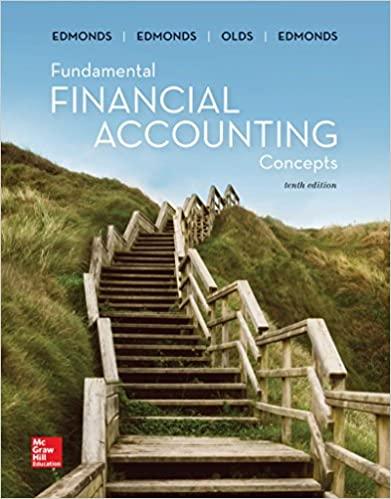Integrated Case 12-24 Yoshikawa Components Company Basics of Capital Budgeting You recently went to work for Yoshikawa Components Company, a supplier of auto repair parts used in the after-market with products from Nissan, Honda, Subaru, and other automakers. Your boss, the chief financial officer (CFO), has just handed you the estimated cash flows for two proposed projects. Project L involves adding a new item to the firm's ignition system line; it would take some time to build up the market for this product, so the cash inflows would increase over time. Project S involves an add-on to an existing line, and its cash flows would decrease over time. Both projects have 3-year lives because Yoshikawa is planning to introduce entirely new models after 3 years. Here are the projects' after-tax cash flows (in thousands of dollars): Time 0 1 2 3 Project L -100 60 80 Project S -100 10 70 50 20 Depreciation, salvage values, net operating working capital requirements, and tax effects are all included in these cash flows. The CFO also made subjective risk assessments of each project, and he concluded that both projects have risk characteristics that are similar to the firm's average project. Yoshikawa's WACC is 10%. You must determine whether one or both of the projects should be accepted. A. What is capital budgeting? Are there any similarities between a firm's capital budgeting decisions and an individual's investment decisions? B. What is the difference between independent and mutually exclusive projects? Between projects with normal and nonnormal cash flows? C. (1) Define the term net present value (NPV). What is each project's NPV? (2) What is the rationale behind the NPV method? According to NPV, which project(s) should be accepted if they are independent? Mutually exclusive? (3) Would the NPVs change if the WACC changed? Explain. D. (1) Define the term internal rate of return (IRR). What is each project's IRR? ( 3 ) How is the IRR on a project related to the YTM on a bond? What is the logic behind the IRR method? According to IRR, which project(s) should be accepted if they are independent? Mutually exclusive? (4) Would the projects' IRRs change if the WACC changed







